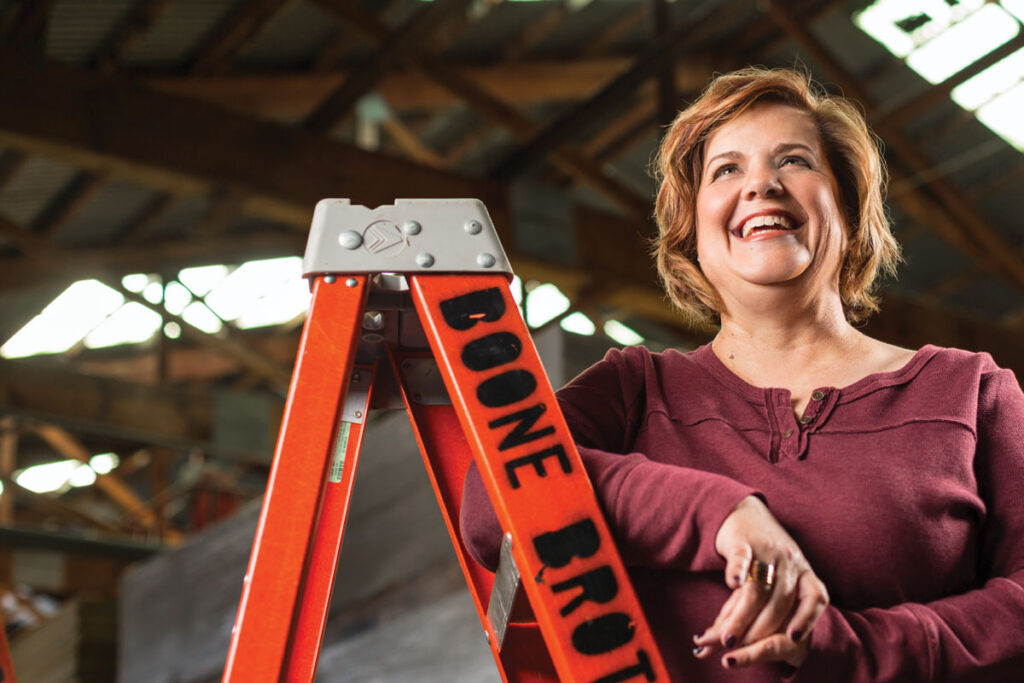Most construction and related businesses are still navigating disruptions of the COVID-19 pandemic. If you’ve been able to stay in business, and maybe even thrive, hardhats off to you.
The construction industry continues to navigate rapidly changing conditions, and the pandemic and its effects are predicted to linger. In today’s environment, automation, like time tracking, offers opportunities to improve productivity and profitability.
Let’s look at current trends delivering unexpected silver linings and how automating specific processes could boost productivity and your bottom line.
Unanticipated Opportunities
Despite challenges, there are some reasons for optimism.
According to the Leading Indicator of Remodeling Activity (LIRA), growth in the remodeling market will remain solid into 2022. The LIRA, released by the Remodeling Futures Program at the Joint Center for Housing Studies of Harvard University (JCHS), projects single-digit gains in annual home renovation and repair spending through 2021 and a 4.8% growth in spending by the first quarter of 2022.
Employers who are maintaining office space are looking for ways to make the idea of returning to the office appealing and safe.
COVID-19 prevention features like improved filtration and ventilation, opening up common areas for more socially distanced collaboration, increasing square footage in shared spaces, and adding leisure and downtime activity areas for relaxing with ping pong or Foosball are popular. Many companies are also updating and expanding breakrooms.
All of this adds up to an acceleration in demand for construction services of every kind. Business owners must seize the day to maximize these opportunities.
Today’s Business Challenges
During periods of high demand, you may find that you can’t bid and schedule projects fast enough, and you’re leaving money on the table because of the frantic pace. At the same time, materials are scarcer and prices volatile.
Attracting employees to help meet your growing needs is also more competitive than ever.
Finding ways to make hiring, training, and time tracking more efficient is critical, or you’ll fall behind.
Embracing automation could make a significant difference in your ability to optimize current market and labor conditions. Before making a financial investment in automation, however, you have questions. What should you automate first? How much should you invest? How should you pay for it and ensure a return on your investment?
Digital Time Tracking Apps Reduce Administration
If your employees use paper time cards to clock in and out, you’re losing time and money. Time and attendance tracking using paper time cards is a time-intensive and error-prone process.
Automating time and attendance tracking with a time card app that enables digital clock in and clock out could be one of the best ways to take your first steps toward a business automation transformation. Many employers that adopt automation start with time tracking because it yields significant savings in time and money.
Automating time and attendance tracking allows you to refocus your time on things that increase profitability, like bidding, scheduling, purchasing materials, and finishing jobs so that you can get on to the next one or manage multiple projects simultaneously.
Digital Time Clocks Improve Accuracy & Promote Trust
We’re human. Sometimes we make mistakes, and so do employees.
Solutions like digital time clocks, GPS time tracking apps, and rugged, wireless time clocks on job sites help reduce time theft, hour-rounding, and buddy punching. More accurate time tracking using an app or other digital solution also helps improve employee trust and loyalty.
An employer that utilizes modern technology makes employees feel more confident in payroll calculations. Employees are also more likely to take pride in being part of a business on the cutting edge versus one stuck in the past.
Millennial and Gen Z employees are digital natives who expect digital tools in every area of life, including at work, and they’re the people you need to attract and hire.
Time Tracking Apps Help Your Business Stay in Compliance
The Department of Labor requires that employers follow a set of specific steps when hiring employees. These include form and document flows, specific data requirements, and verifications. There are also recording and reporting requirements related to time tracking.
If your business undergoes an audit, you must produce reporting that verifies you are following regulations daily. Implementing a time clock app or other digital time tracking solution makes all of this more accurate and instantly accessible.


